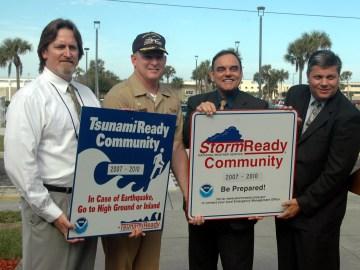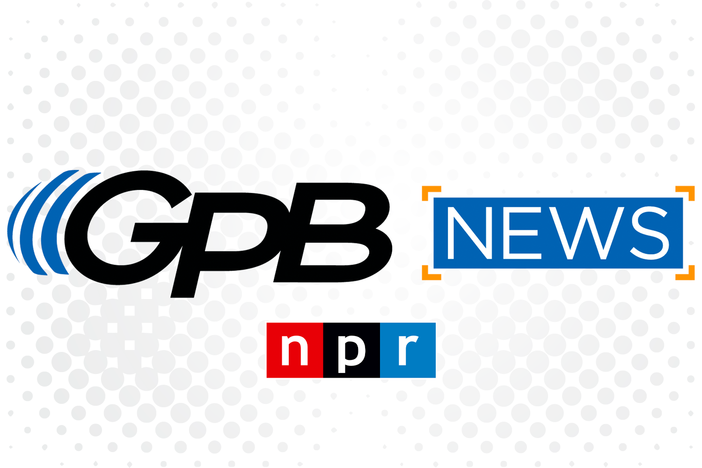
Section Branding
Header Content
Georgia Felt Japan Quake In 20 Minutes
Primary Content

Georgia seismographs felt the Japanese earthquake twenty minutes after it happened.
That's how long it took for the undersea shock to reach our part of the world.
At Tellus Museum in Cartersville, curator Julian Gray says, even though the quake occurred on the other side of the world, it still registered as massive to Georgians monitoring the earth.
"It actually deflected the line so much that it actually filled the entire screen," Gray says.
A scientist following the events in Japan says, Georgia's coast doesn't have much to worry about from huge tidal waves.
But that didn't stop one county from becoming certified as "tsunami ready."
Four years ago, Liberty County became one of now fifteen Atlantic communities to complete a National Weather Service program to prepare for tsunamis.
The county mapped low-lying areas and posted signs showing a human figure running from a wave.
Skidaway Institute of Oceanography geologist Clark Alexander says, a large earthquake did strike the region in 1885, but its fault line is not a large tsunami threat.
"The fault line that the Charleston earthquake occurred upon is under Orangeburg," Alexander says. "So it's further inland and you really need to have a large shifting of land under the water to create a tsunami."
Scientists speculate massive underwater landslides in the Caribbean could cause Atlantic tsunamis.
An offshore buoy monitors the waves.
Tags: coast, National Weather Service, Liberty County, Skidaway Institute of Oceanography, Coastal, Cartersville, coastal Georgia, Charleston, earthquake, GPB News, Atlantic coast, tsunami, Julian Gray, Clark Alexander, Tellus Museum
Bottom Content

